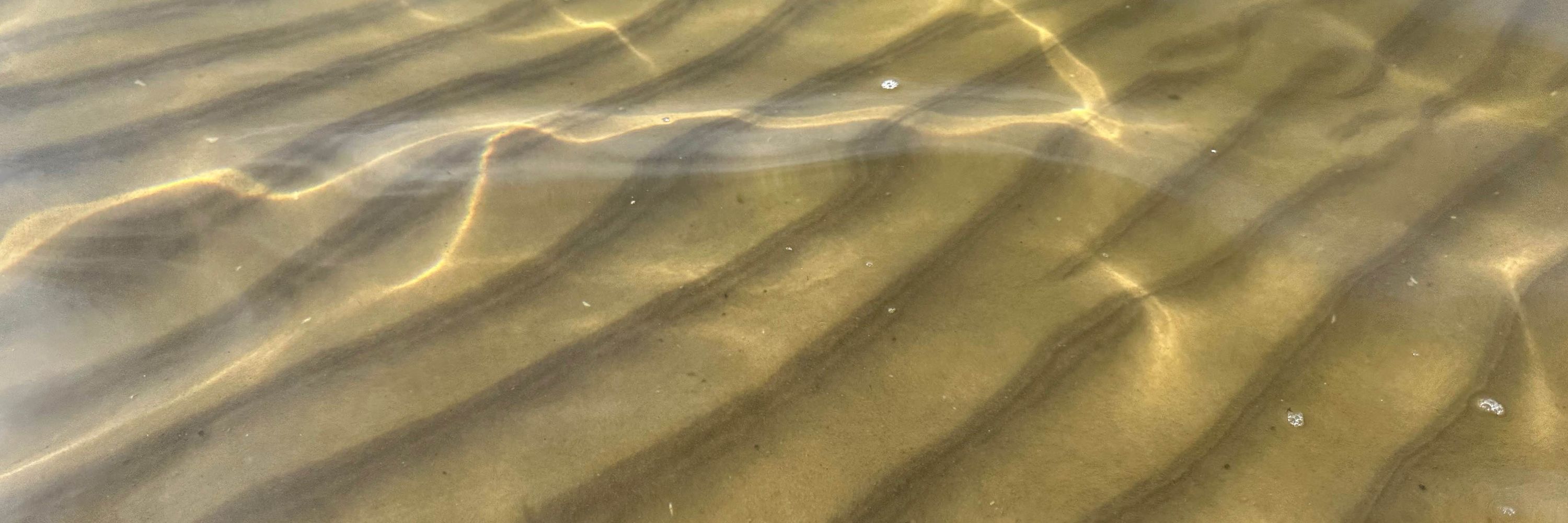
A detailed numerical model shows how sediment particles experience wave-driven shear stress inside and above a sea bed with sand ripples.
🔗Learn more in @eos.org : eos.org/editor-highl...
#AGUPubs #OceanScience #Seafloor #STEM @agu.org

A detailed numerical model shows how sediment particles experience wave-driven shear stress inside and above a sea bed with sand ripples.
🔗Learn more in @eos.org : eos.org/editor-highl...
#AGUPubs #OceanScience #Seafloor #STEM @agu.org

dx.doi.org/10.1029/2024...

dx.doi.org/10.1029/2024...
fyfluiddynamics.com/2021/05/how-...
fyfluiddynamics.com/2021/05/how-...



Watch the Archimedes Division compete at https://m.twitch.tv/firstinspires_archimedes

Watch the Archimedes Division compete at https://m.twitch.tv/firstinspires_archimedes



https://bit.ly/3tj4wxK
https://bit.ly/3tj4wxK

















